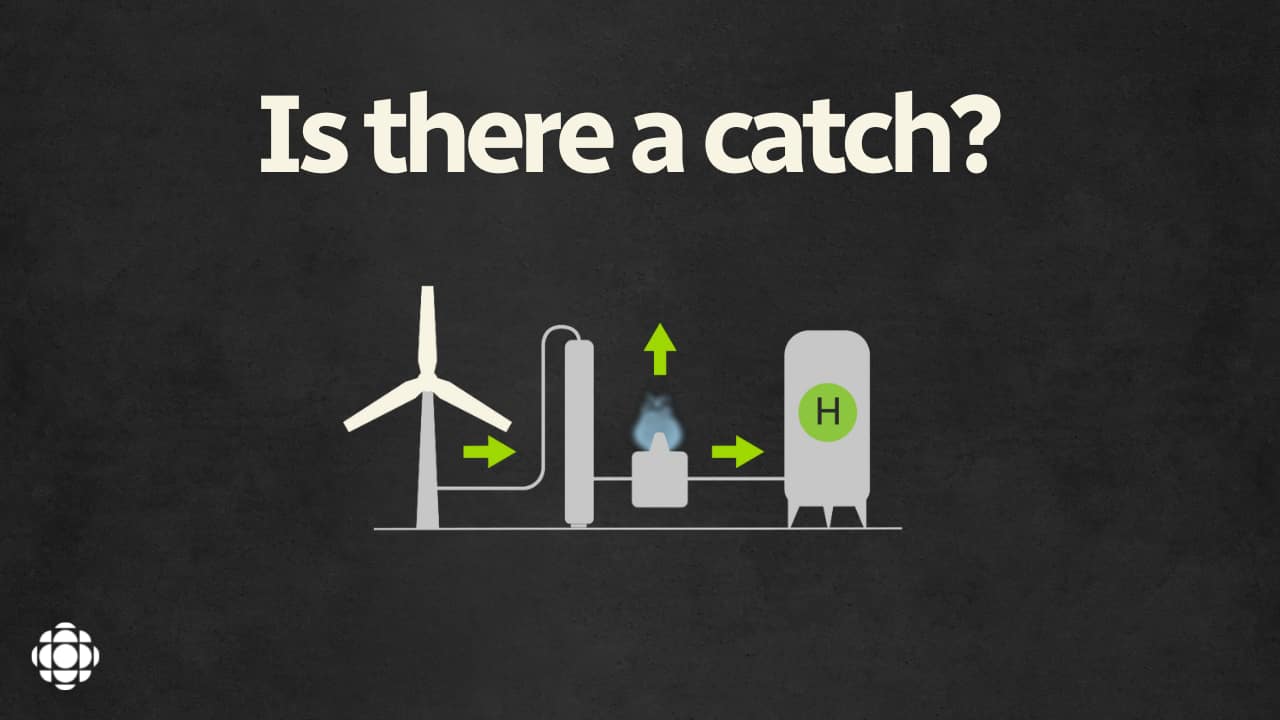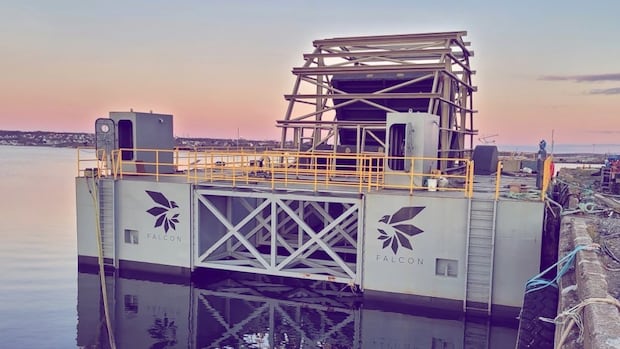N.S. manufacturers look to green hydrogen in bid to cut GHG emissions
;Resize=(620))
Three of Nova Scotia’s biggest industrial manufacturers are looking into using green hydrogen to power parts of their operations as an alternative to fossil fuels.
The Shaw Group, Michelin and Port Hawkesbury Paper are pursuing a feasibility study on using hydrogen energy in industrial heating applications.
There is no green hydrogen being produced commercially in Nova Scotia yet. But two projects — one by EverWind Fuels and the other by Bear Head Energy — have received approval from the province’s environment minister.
Geoff Clarke, director of sustainability and economic development at Port Hawkesbury Paper, said the pulp and paper mill became interested in green hydrogen as those projects were announced over the past couple of years.
Both of the proposed facilities are slated to be built in the Point Tupper industrial park, which is about five kilometres from Port Hawkesbury Paper.
Request for proposals
“Given our proximity to some of these sites, we’ve said we should try to understand better what kind of impact that they could have on our business in a positive way,” Clarke said in an interview.
“But most importantly, we want to continually improve our sustainability aspect and we want to look at how we can reduce our carbon footprint as we continue to do business into the future.”
Clarke said Michelin and Shaw were also looking for opportunities to cut greenhouse gas emissions.
“So we decided to put our heads together and come up with an idea of how we could positively use hydrogen once it gets developed on a commercial scale here in the province.”
Green hydrogen has been labelled as one solution for Canada to meet its net zero goal by 2050. CBC’s Frances Willick finds out if green hydrogen is really better for the environment.
The companies asked Net Zero Atlantic to help, and last week the non-profit issued a request for proposals for a consultant to take on the feasibility study.
It will be funded primarily by a $450,000 grant from the province’s Clean Fuel Fund, with smaller contributions from each of the three companies.
Michael Bird, who works on the Clean Fuel Fund with the Department of Natural Resources and Renewables, said he’s excited to see what comes out of the study. He called it “a good step” to understanding how Nova Scotia can best apply green hydrogen in industrial settings.
The province has set a goal of net zero greenhouse gas emissions by 2050, and it’s trying to encourage the adoption of green hydrogen for a variety of applications to help reach that goal.
EverWind Fuels and Bear Head Energy have said their green hydrogen plants would focus first on export to Europe, but Bird said he expects there will be opportunities to use some of the fuel locally, too.
“And really defining the best opportunities for green hydrogen [and] where we can best use it is a really important part of that,” said Bird.
A ‘flexible fuel’
The study requested by Net Zero Atlantic would look generally at how hydrogen energy might be used in industrial applications in Nova Scotia, and would also examine specific applications for each of the three companies.
For The Shaw Group, the study would look at using hydrogen to heat a kiln at the company’s brick-making facility in Lantz. For Port Hawkesbury Paper and Michelin’s tire plant in Bridgewater, the study would look at using hydrogen to power their boilers.
While switching from burning fossil fuels to electricity generated from renewable sources is a common strategy for cutting greenhouse gas emissions, Sven Scholtysik said high-heat industrial processes are difficult to decarbonize by direct electrification.
Scholtysik, a director of research at Net Zero Atlantic, said green hydrogen is a more “flexible fuel.”
“You can use it in a bunch of different applications and one of them is high-heat applications.”
He said there is already lots of research underway on using green hydrogen to power industrial manufacturing.
“If we look at the European market, a lot of attention is currently being put on hydrogen and the application of hydrogen in these high-heat scenarios for heavy industries. For example, steel-making in Europe is exploring that topic significantly, car manufacturers and so on.”
But, he said, local industries need to explore their own specific circumstances.




